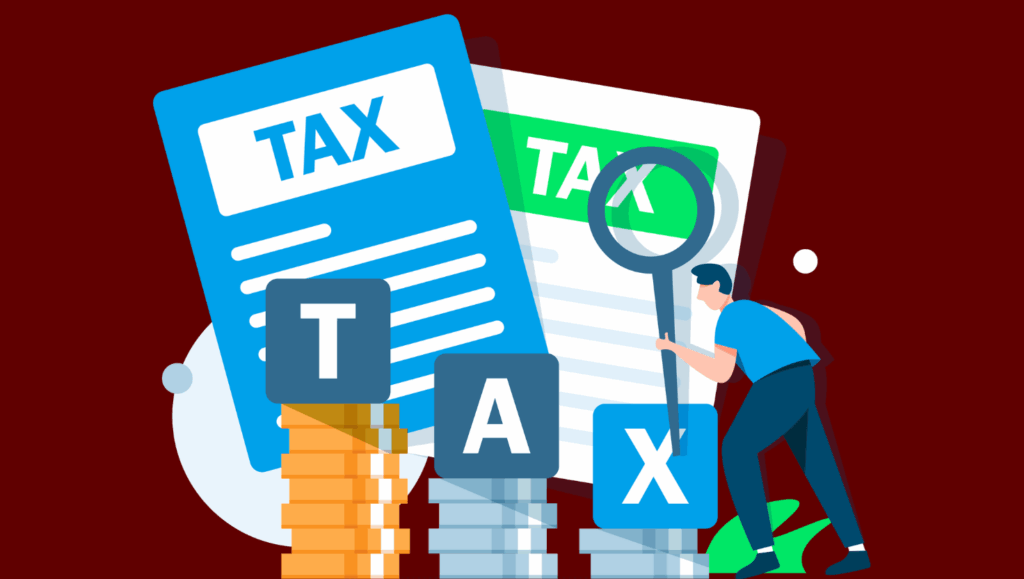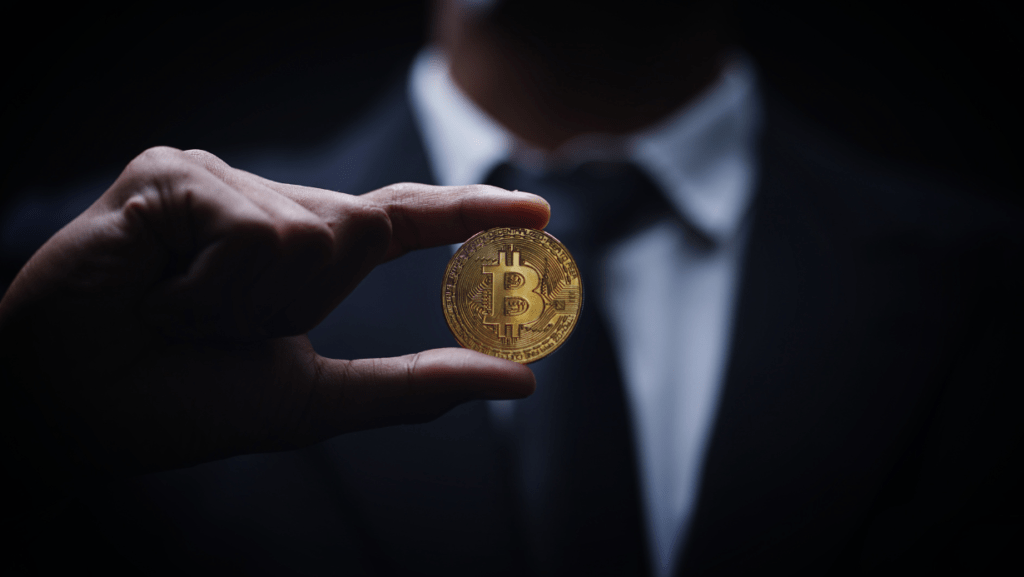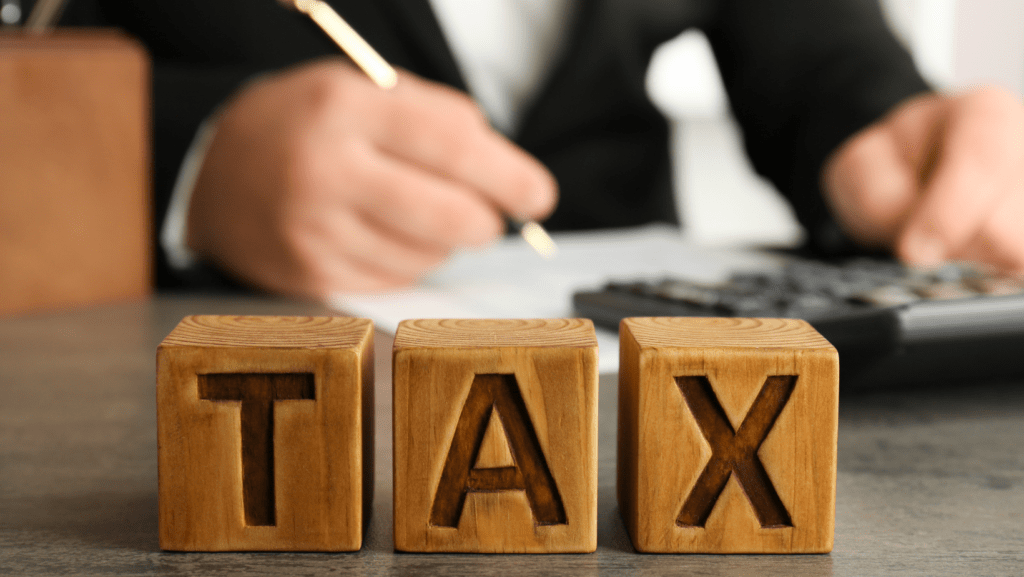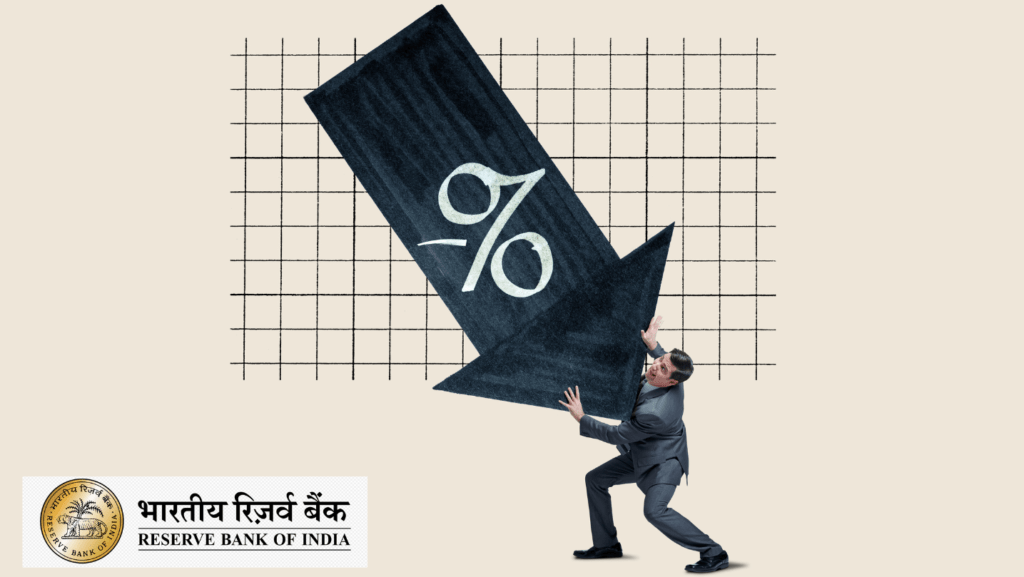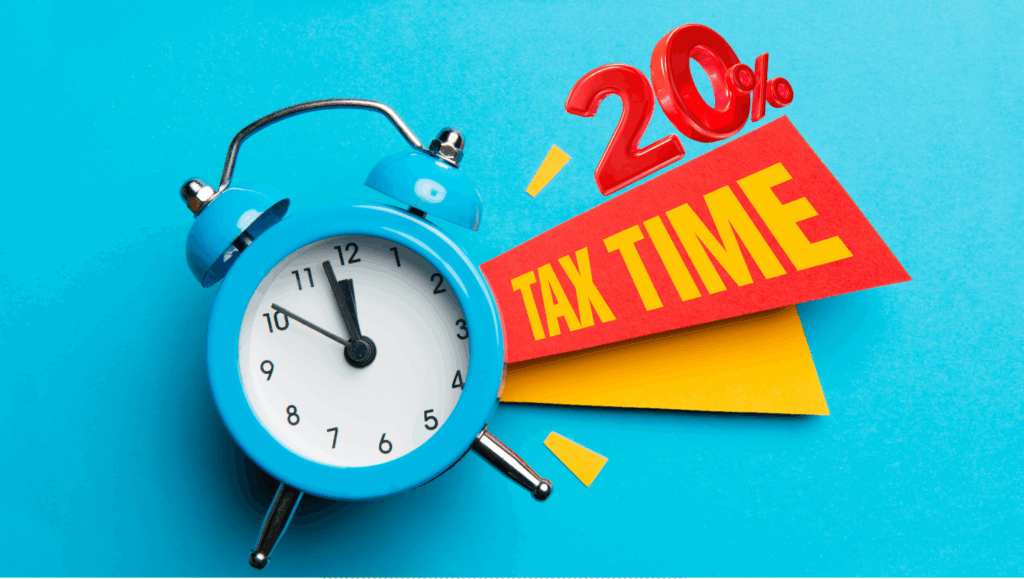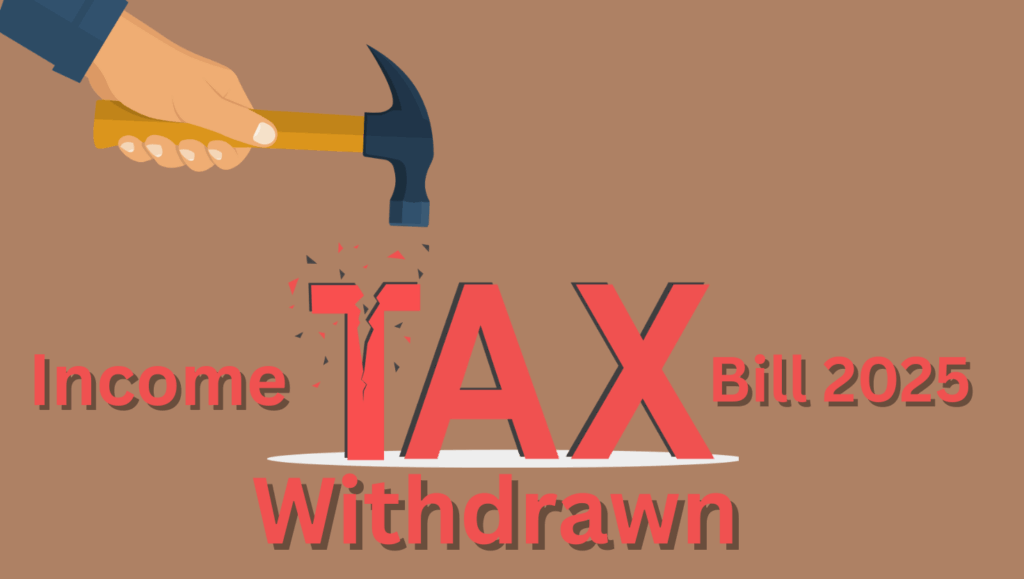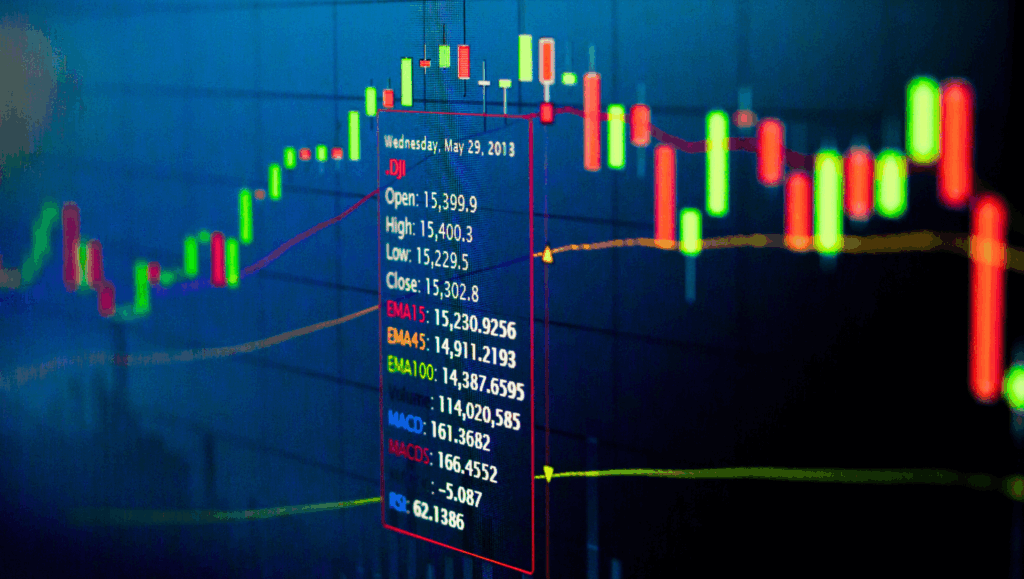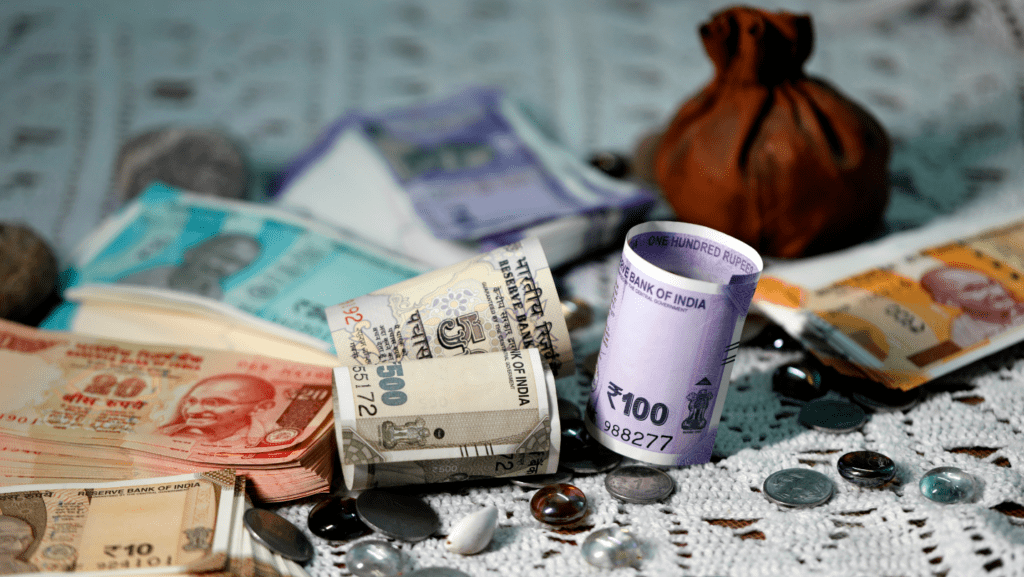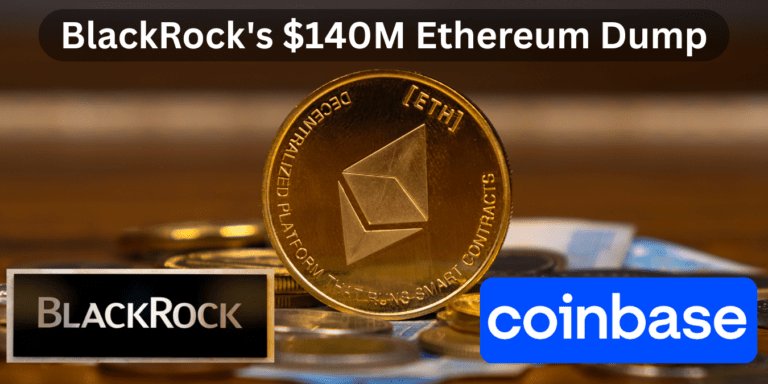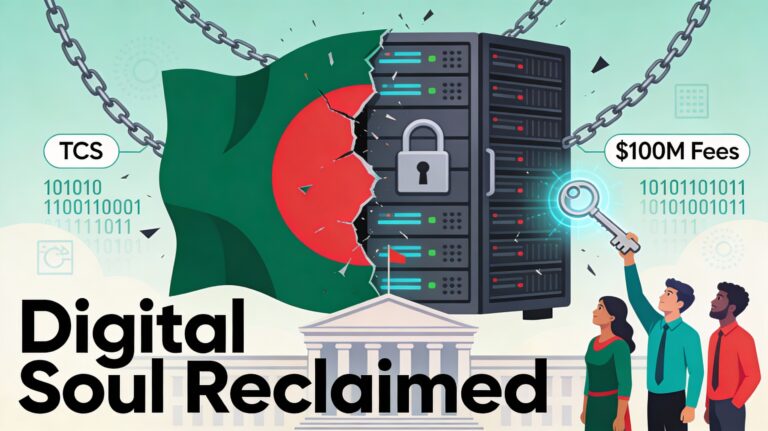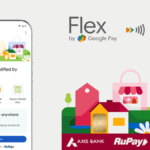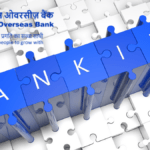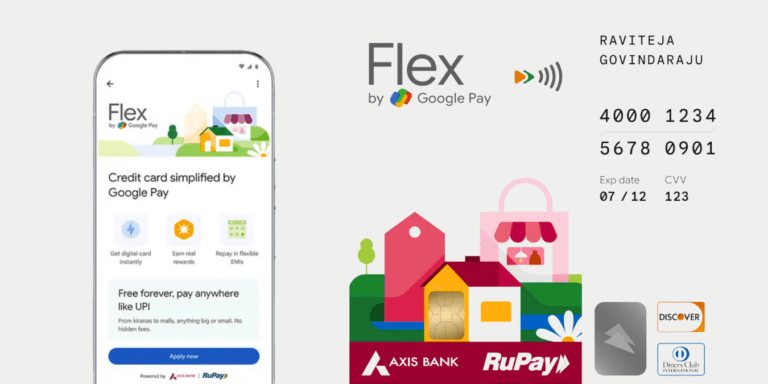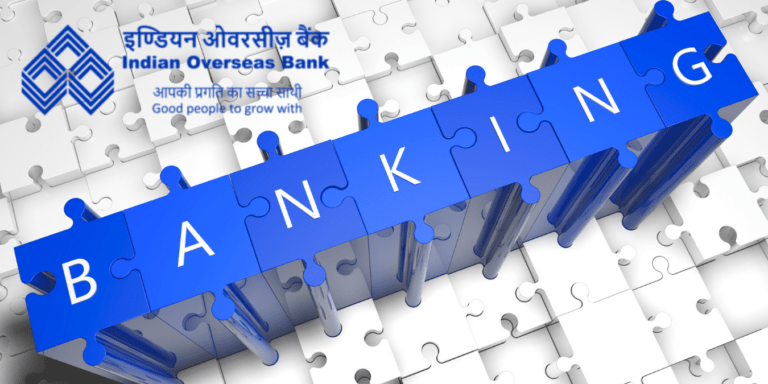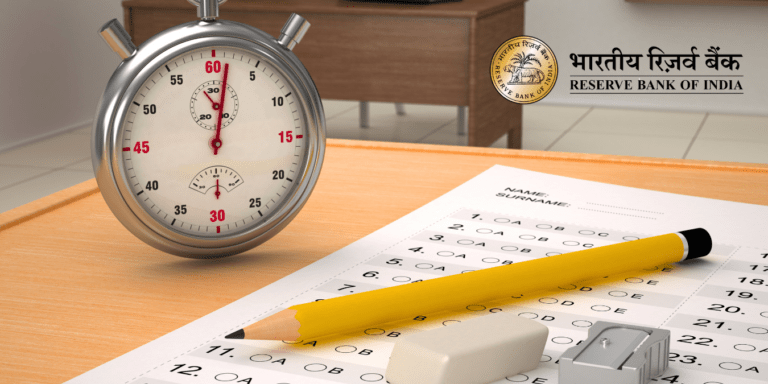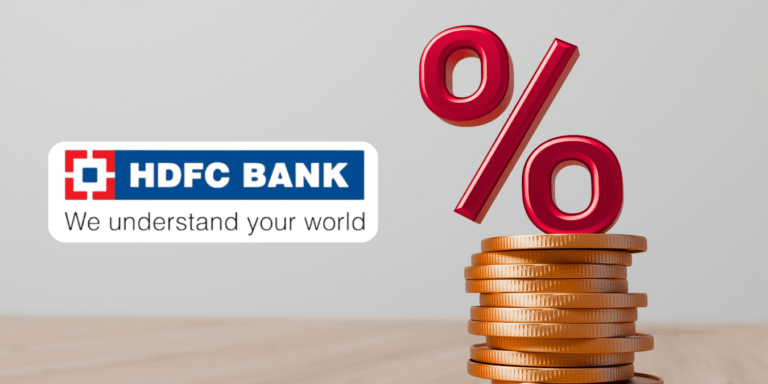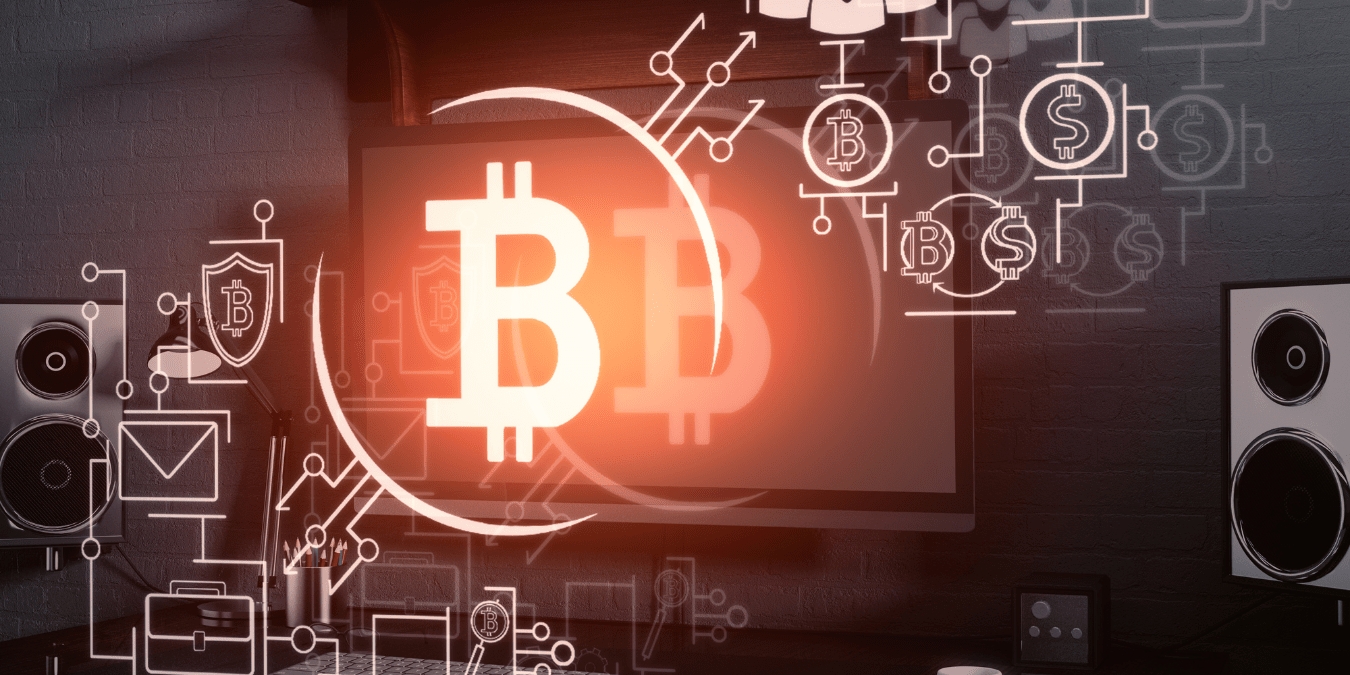
Rising Gold Costs Push Indians Toward This Surprising New ‘Digital Asset’ — Here’s Why It’s Booming
India’s love for gold is ancient — but 2025 is rewriting the rules. A quiet financial revolution is unfolding as millions turn to “digital gold” over the traditional kind. What’s driving this stunning shift from bangles to Bitcoin — emotion, inflation, or something far bigger hiding in plain sight?
The modern Indian investor is standing at a fascinating crossroads — one glittering with gold, the other glowing with blockchain. Every festive season, families line up to buy gold coins, bangles, and bars, holding onto the age-old idea that gold equals security. Yet, in 2025, something new is quietly happening. A “digital gold” fever is spreading across India — and it’s not about jewelry, but about code. Bitcoin and Ethereum are emerging as the new-age equivalents of the yellow metal, creating a massive shift in the nation’s investment sentiment.
The Festive Spark Behind “Digital Gold”
October in India means Dhanteras — the day believed to bring wealth and prosperity. Traditionally, lakhs invest in gold and silver. But this Dhanteras 2025, something unusual unfolded. As India bought a staggering 46 tonnes of gold worth ₹60,000 crore, crypto exchanges recorded a parallel spike in trading volumes. Many buyers, while purchasing gold coins, also bought tiny fractions of Bitcoin and Ethereum — a hybrid investment trend symbolizing India’s evolving financial mindset.
For the first time, investors didn’t see gold and crypto as enemies, but allies.
Bitcoin: The New “Safe Haven”?
Historically, Indians turned to gold as a hedge against economic uncertainty. But in a year where inflation has remained sticky and rupee depreciation feels inevitable, Bitcoin has started to shine as a digital counterpart. Having crossed ₹1 crore in India this October after global ETF inflows and institutional adoption, Bitcoin’s narrative as “digital gold” has found new believers.
According to market data, Bitcoin has outperformed nearly every traditional asset class this decade — delivering multiples higher returns than gold, stocks, or property.
Why are Indians calling it the new gold?
- Limited Supply: Just 21 million Bitcoin can ever exist, closely mirroring gold’s scarcity.
- Global Recognition: Bitcoin trades 24/7, borderless and liquid across markets.
- Inflation Shield: Cryptocurrency’s non-sovereign nature appeals to those wary of printed currency losing value.
“Crypto isn’t replacing gold — it’s adding a new layer of financial insurance,” says Edul Patel, CEO of Mudrex.
Ethereum: The Digital Silver?
If Bitcoin is “Digital Gold,” Ethereum is shaping up as its silver — valuable, versatile, and technologically essential. In 2025, Ethereum’s role has expanded beyond just transactions. With tokenized assets, decentralized finance (DeFi), and NFT infrastructure flourishing, its long-term investment case is strengthening.
Ethereum’s network upgrades have also slashed transaction fees, increasing accessibility for Indian retail investors. Many new entrants begin with ETH instead of Bitcoin because of its real-world use cases: smart contracts, digital identity, and global tokenized assets.
Why Millennials Are Leading This Shift
The younger demographic — India’s 25–40 age group — is driving this transformation. For them, wealth is digital-first, borderless, and transparent. Unlike their parents who rely on physical gold lockers, they prefer the security of a wallet app. The ease of buying ₹100 worth of Bitcoin, versus needing ₹7,000+ for a gram of gold, makes crypto aspirational and democratic at once.
Social media and fintech integration are also turbocharging crypto curiosity. Platforms like CoinSwitch, WazirX, and Mudrex are simplifying investing, while influencers on Instagram and YouTube make financial literacy trendy — from explaining Bitcoin halving to comparing it with gold ETFs.
The Economic Angle: What’s Driving Crypto’s “Gold” Status
Several factors in India’s 2025 macro landscape are pushing this change:
- Geo-economic uncertainty: With trade tensions between the U.S. and China impacting global sentiment, Indians are turning toward assets shielded from political influence.
- Inflation & Rupee weakness: Bitcoin’s appeal as a non-rupee, non-government-controlled asset has grown.
- Regulatory cooling-off: While India’s crypto laws remain cautious, the groundwork for Web3 and digital asset taxation clarity signals growing normalization.
- ETF impact: Bitcoin ETFs in the U.S. have legitimized crypto globally, influencing Indian HNIs to include it in portfolios.
Gold vs Crypto: The Modern Indian Dilemma
| Factor | Gold (Traditional) | Bitcoin (Digital Gold) |
| Tangibility | Physical, cultural value | Purely digital, blockchain verified |
| Volatility | Low-moderate | High, but decreasing over time |
| Returns (2020–2025) | ~9–10% annual | ~70% annualized |
| Accessibility | Requires larger capital | Buyable in ₹100 fractions |
| Regulation | Fully legal and tax-stable | Taxed, under evolving regulation |
| Generation appeal | Trusted by older investors | Favoured by youth and tech-savvy investors |
While elders still view gold as auspicious, younger Indians see crypto as aspirational — not just in terms of returns, but as participation in the “future of money.”
Real-World Signals From Indian Markets
- HNIs diversifying wealth: A Times of India report revealed India’s wealthiest are allocating 2–5% of their portfolios to Bitcoin and Ethereum, treating them as alternative assets alongside gold.
- Digital tokens on rise: Digital gold tokens are emerging, offering investors blockchain-backed verification for physical gold.
- Corporate adoption: Fintech startups and even jewelry retailers are testing hybrid “pay with gold or crypto” checkout experiences.
- Investor education: Crypto literacy campaigns by Indian exchanges have risen 40% year-on-year, signaling growing mainstream trust.
The Emotional Trigger: Trust and Tangibility
Gold holds emotion; crypto holds imagination.
Indians don’t buy gold merely for returns — they buy it for ritual, emotion, and legacy. Crypto challenges that emotion with logic. Gold is centuries of psychology condensed into yellow metal. Crypto is the same emotion reframed for a digital generation — trust in code instead of trust in purity.
Yet, one cannot deny the emotion both spark: security. Be it a gold bar locked in a home safe or a 12-word seed phrase hidden in a phone note, they both represent the same instinct — protecting value beyond inflation and instability.
What’s Next for “Digital Gold” in India?
Experts suggest a hybrid model for the future — blending traditional and digital. As the Rupee Digital (e₹) expands through RBI’s pilot program, Indians will get more comfortable transacting in tokenized value. This familiarity will help crypto co-exist with legacy-assets like gold rather than replace them outright.
The next five years may see:
- Integration with mutual funds & ETFs through regulatory easing.
- Crypto-gold ETFs where investors can stake gold-backed tokens for Bitcoin exposure.
- DeFi-powered gold lending platforms combining physical and digital assets seamlessly.
Even the World Gold Council has acknowledged digital gold tokenization as the “next frontier,” admitting that blockchain could protect gold’s relevance for younger investors.
Key Takeaways: The “Digital Gold” Shift
- Bitcoin at ₹1 crore+ symbolizes trust in crypto’s permanence.
- Retail investors across Tier-2 and Tier-3 cities are entering digital assets for the first time.
- Gold remains a cultural anchor — crypto is now a wealth accelerator.
- Hybrid strategies will dominate — expect “Gold + Bitcoin” portfolios among the middle class.
- Regulators are watching closely; normalized taxation could legitimize this transformation by FY 2026.
The Final Thought: India's Silent Financial Revolution
Every Dhanteras, Indians light up their homes with diyas — and now, their digital wallets with Bitcoin too. As gold glitters in jeweler windows, another kind of sparkle flashes on mobile screens: the crypto buy button glowing at midnight. This shift isn’t just about technology; it’s about trust — ancient and new, physical and digital, merging into one. The next generation isn’t replacing gold; it’s reinterpreting it. And perhaps, in that blend of faith and innovation, lies India’s smartest wealth story yet — a story where “digital gold” doesn’t replace tradition but redefines it for the future.



